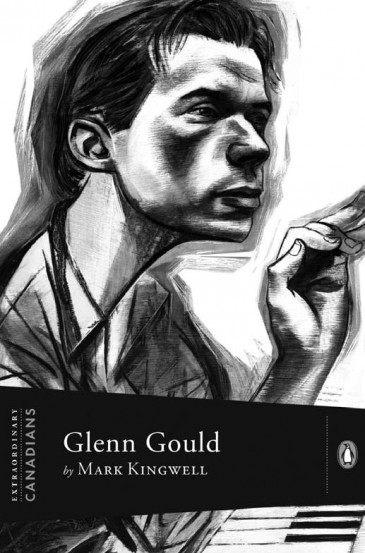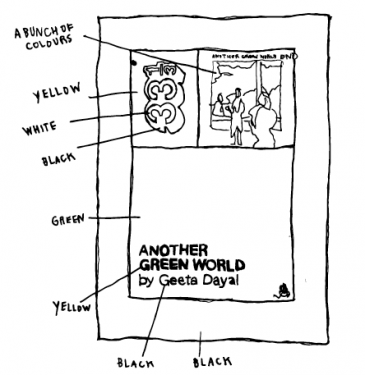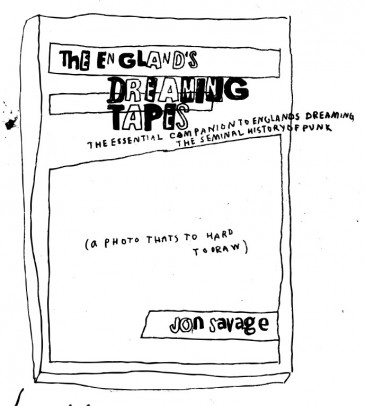Blame the publisher, University of Toronto Press, for whiffing on the subtitle and packaging the book like a popular history. The truth is that Ryan Edwardson, a rock fan with a PhD in history, wrote a scholarly book.
Funded by a federal research grant, centered on the 1971 Canadian radio quotas (Cancon), and graced with a nod from the CBC’s Jian Ghomeshi, Canuck Rock is “a critical look at the cultural and commercial supports backing Canada’s rock music industry”—or something like that.
Unless you happen to be super keen on Canada’s national identity crisis, skip or skim over Edwardson’s intro, which reads like a journal abstract and gives the book’s whole game away, ponderously.
Most of the fun, storied tales that do get covered in Canuck Rock play out in the first hundred pages, where Edwardson charts the shaky rise of home-grown rock ‘n’ rollers, acts that often had to make it in the U.S. before Canadian radio DJs would play their singles.
Beginning with Halifax’s Asteroids, whose 1957 hit “I’m Your Satellite” only got airplay because it launched at the same time as Sputnik, Edwardson follows several of the early, English-Canadian rockers who often did better to jump the border or keep their Canadian-ness a secret. Ronnie “the Hawk” Hawkins, one who stayed, lent fledgling Canadian bands a car with Tennessee plates so that they could tell club owners they had just driven up from Memphis. Neil Young had already played through Winnipeg and Thunder Bay before he gave up on the Toronto hippie scene and packed his hearse for L.A.
After a confusing cover and a dull intro, Canuck Rock’s academic angle shows some real advantages. Particularily in the opening chapters, Edwardson stitches interviews and archival research into a surprising social history. It is a well-known story, new to me, just how Elvis Presley’s Canadian debut went down in Vancouver. I was amazed to read that the Vancouver Sun, ever the exemplar of fine journalism, ran headlines like, “Daughter Wants to See Elvis?: Kick Her in the Teeth!” or that a Beatles concert sent 210 fainting and overexcited girls to the Montreal Children’s Hospital.
But shortly after these chapters, which also look into Quebec’s distinct, more self-supporting chansonnier and yé-yé rock scenes, Edwardson finds the real heroes of Canuck Rock—people like music journalist Ritchie Yorke, who lobbied hard for Canadian content regulations in the pages of RPM Magazine.
The 1971 Cancon regulations are the big turning point in Canuck Rock, sending the book from social history into a critique of the sentimental nationalism and economic interests that promote the idea of a “Canadian sound.”
Canuck Rock got mostly mixed reviews because, I think, readers really wanted stories about Rush or Arcade Fire or k.d. lang. But for anyone involved in Canada’s music industry, Edwardson makes a strong case against the “Janus head” multinational record companies who have learned to exploit the Cancon regulations to sell a few stars at the expense of a wider Canadian music scene.
Although I have heard and enjoyed “Bobcaygeon” played from the back of a pickup truck, beside a cold lake with the members of my peewee hockey team, I do find myself siding with Edwardson and singers like Bruce Cockburn and Leonard Cohen, who get a bit edgy when bands really wrap themselves in the flag.
Canuck Rock is a bit too academic. It would also be an easier sell as a straight-up social history or an industry critique. Still, on the very small shelf of books devoted to the history of Canada’s only non-extractive rock industry, the book holds a few stories worth remembering and some important things to say.





